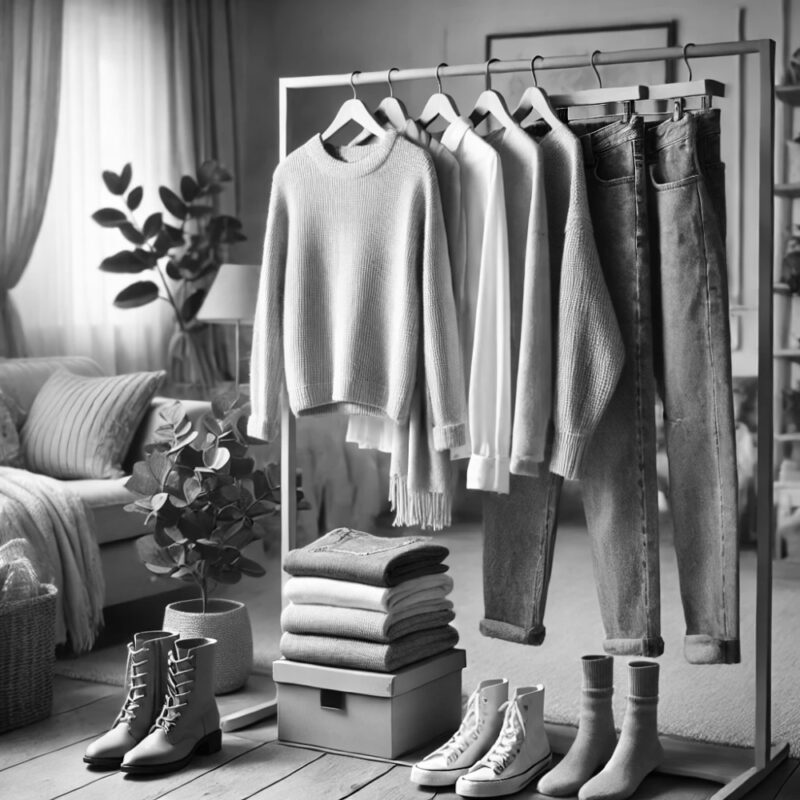Maximize Your Wardrobe for Year-Round Fashion
Building a versatile wardrobe doesn’t require a complete overhaul every time the weather changes. With smart planning and a few essential strategies, you can dress stylishly for every season without constantly buying new clothes. This approach saves money, reduces waste, and maximizes the value of what you already own.
Below are tips to help you transition seamlessly between seasons while staying fashionable and practical.
Invest in High-Quality Basics
A wardrobe anchored in timeless basics is the key to seasonal versatility. Think of items like a well-fitted pair of jeans, a classic white shirt, neutral sweaters, and sturdy outerwear. These foundational pieces can be layered, dressed up or down, and adapted to changing weather.
Choose neutral colors for basics so they easily pair with trendier seasonal items. This way, you can refresh your look without replacing entire outfits.
Layering Is Your Best Friend
Layering is an excellent way to adapt your wardrobe for temperature shifts. In cooler months, start with lightweight base layers such as cotton tees or tank tops, then add sweaters, cardigans, or vests for warmth. Scarves, hats, and gloves can provide additional comfort without requiring heavy investment.
As the weather warms, peel back the layers, keeping lighter pieces as standalone outfits. Transitioning becomes effortless with multi-seasonal fabrics like lightweight wool or breathable cotton.
Embrace Versatile Accessories
Accessories are a cost-effective way to make outfits feel seasonally appropriate. Swap out scarves and gloves for sunglasses and lightweight shawls in the spring. Add bold statement jewelry or colorful handbags to reflect summer vibes, or opt for warm-toned pieces in fall.
Shoes are another easy way to adapt your wardrobe. Classic ankle boots, loafers, and sneakers can work across seasons with a few styling tweaks.
Leverage Seasonal Colors and Prints
Incorporating seasonal colors is an easy way to refresh your wardrobe without shopping for new clothes. For spring, think pastel hues and floral prints. Summer calls for brighter colors and lightweight fabrics, while fall is all about earthy tones and cozy textures. Winter allows for deep, rich shades and festive metallics.
Adding these elements in small doses, such as through scarves, belts, or layering pieces, can give your wardrobe a fresh feel.
Extend the Life of Summer Clothes
Many summer items can work year-round with a few adjustments. Pair flowy dresses with tights and boots for colder months, or layer summer tops under blazers or chunky cardigans. Adding a coat or sweater can turn lightweight garments into cozy winter staples.
Mix Seasonal Staples
Transitioning between seasons doesn’t mean separating summer and winter wardrobes completely. Instead, mix pieces strategically. For instance, pair a chunky knit sweater with a lightweight maxi skirt for a stylish fall ensemble. Use summery linen shirts as breathable layering pieces under heavier coats.
Prioritize Smart Storage
Proper storage helps preserve your clothes for the next season. Pack away out-of-season items in airtight containers or garment bags to keep them fresh and protected. Store them in a cool, dry place to prevent damage.
When the next season arrives, rediscovering well-maintained items feels like shopping your own wardrobe.
Build a Closet That Adapts to Every Season
Dressing for every season without overhauling your closet is all about creativity and resourcefulness. With high-quality basics, thoughtful layering, and smart accessorizing, you can create endless outfit combinations for every weather condition.
This sustainable approach not only saves you money but also contributes to a more eco-conscious fashion cycle.






